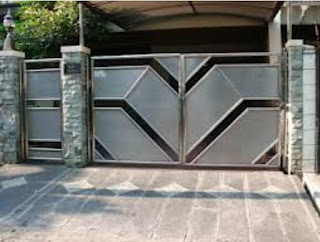 |
| Nias House |
Rice barn in Sasak village of Sade, Lombok. Often the house as a whole, as well as its inner portion, seems to be symbolized as female being associated with positive image of life, prosperity and nourishment.The soul of the measure or the life (pagurip). Measurements for a
house are based on dimensions of the householder's own body. An incorrectly measured compound will be embed (blocked), and may caused death to the inhabitants.
The chief of the south Nias grew rich and powerful during the 19th century by trading slaves to Aceh in exchange for gold. Houses became impressive and huge. An elaborate set of ideas seems to have developed in the village of Bawomataluo, identifying the chief's house (22.7 meters tall and raised on giant ironwood pillars) with the body of the chief as well as with the earth and the cosmos. Chiefs appear to have exploited these symbolic ideas, as well as the material structure of the house, as a means of enhancing their own position and power.
In Tana Toraja, people trace ties to origin houses (tongkonan), the birth-places of their parents, grandparents and more distant ancestors. The face of the house must always be to the north, the direction associated with Puang Matua, the Old Land of the cosmos, as important creator deity. The ramp of the house is to the south, the direction of the land of the dead. East – west is the most important axis of the orientation. East is associated with life, the deities, and the rising sun, west with the setting sun and ancestors in their deified form.



Comments
Post a Comment